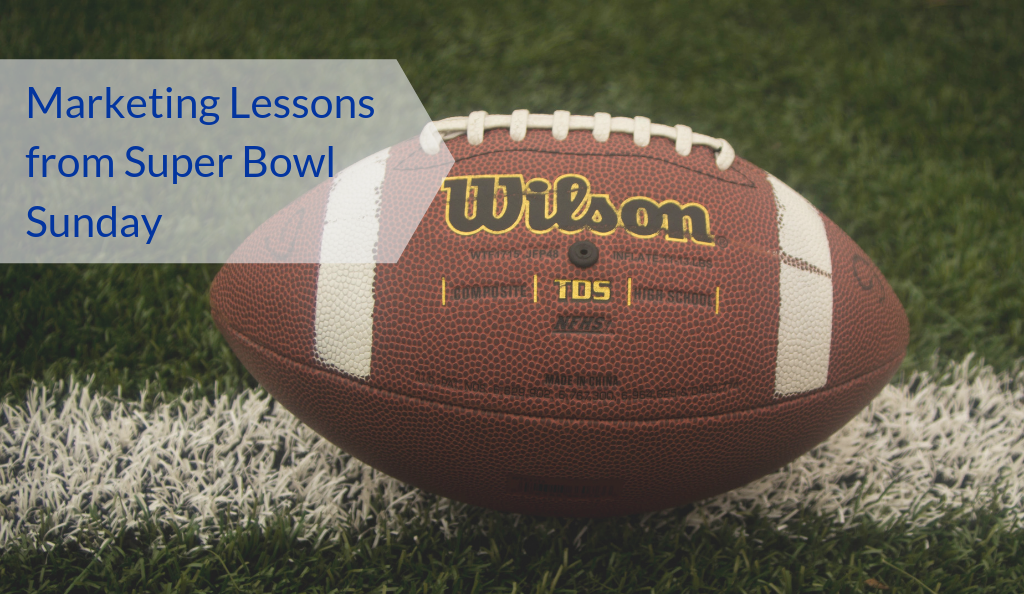
Written by Paige Dawson
Even though my hometown team won, in some ways this year’s Super Bowl felt a bit less than stellar. Maybe it was the dismal lack of scoring, or perhaps the halftime festivities that featured way too much of Adam Levine’s bare torso. But let’s look for the positives! Here are a few quick marketing takeaways from the big game.
From the commercial release strategy: get the most mileage from your marketing dollars
Gone are the days of the ‘big reveal’ on Super Bowl Sunday for many commercials. With more and more consumers getting their content on digital devices, advertisers have started releasing their Super Bowl commercials in advance. And why not? Given the massive costs that go into commercial production and airtime ($5.25 million for 30 seconds!) Super Bowl advertisers are trying to maximize visibility of their content.
Small to midsized businesses can learn from this strategy when it comes to marketing. We’re always asking clients…how else can we use this content? If you take the time to create content—or pay someone else to do it—be sure to leverage it in as many ways as possible. Also—if you produce any kind of video content that is on your website, consider hosting it on YouTube, one of the most effective ways to aid in search engine optimization. Check out our tips for setting up a YouTube channel.
From Bud Light and HBO: partnership marketing works
In one of the night’s most entertaining and best received commercials, viewers were treated to a surprise mashup of Bud Light and Game of Thrones. It was funny and unexpected, and it highlighted how two brands can come together to make a big splash (read more about strategy behind the commercial partnership in the Wall Street Journal).
But even if you don’t have the budget of Bud Light and HBO, small businesses should consider the power of partnership marketing. We love working with clients to reach new audiences in different ways—it could be as simple as co-sponsoring an event or being a guest on a podcast. The key is to find complementary businesses that can introduce you to new groups of prospects and start exploring ways to work together.
From Tony Romo: authenticity always wins
The Super Bowl broadcast featured Tony Romo, who in his second year at CBS has become a color-commentating phenomenon and is reportedly up for a huge raise. As a former quarterback, he certainly knows his stuff and he has displayed an almost mystical ability to predict plays before they happen, but I believe what has made him so successful as a broadcaster is his authenticity—he genuinely loves the game and that passion jumps across the screen.
What lesson can businesses take from Tony? Be authentic. Your marketing content and your visual brand should be a true reflection of who you are as a company. Empty claims with no proof to back them up will fall flat fast, but clearly articulated, truthful key messages become the lifeblood of an effective marketing strategy. Authenticity resonates. Don’t just tell prospects how you’re going to solve their problems, but also convey what makes you unique—how you approach your work, why you do what you do, the personality of your organization. If you don’t have a firm grasp on what that is—or you’re not sure exactly how to communicate all of it—we can help. Our key message services are designed specifically to help companies define and document what makes them unique and develop authentic marketing content that resonates with the right audiences. Contact us to get started.